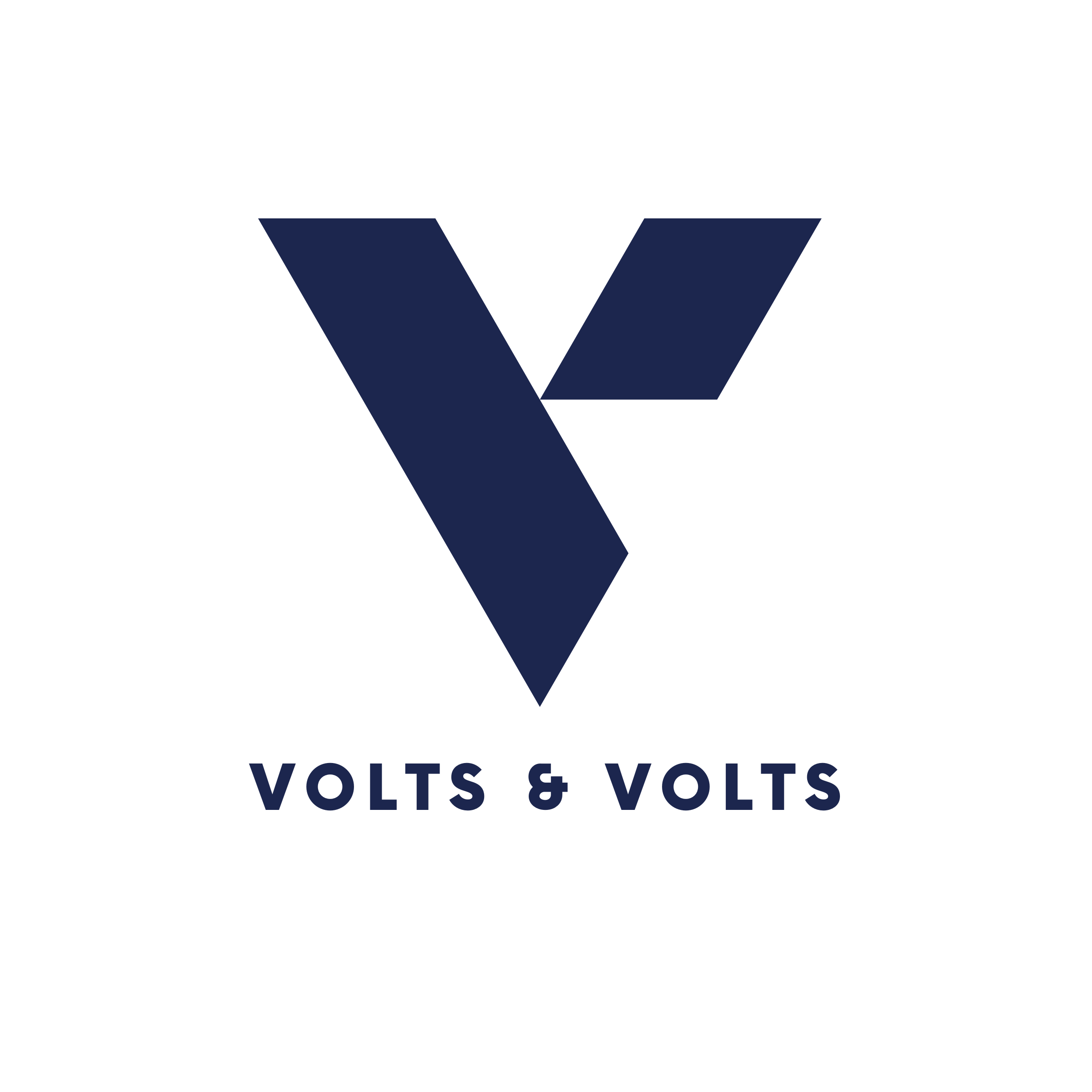The automotive landscape is rapidly evolving, particularly with the rising prominence of electric vehicles (EVs). Among the key players in this space is Toyota, which has taken a significant leap forward with its 2026 bZ model. One of the most notable features of this new vehicle is its integration with Tesla’s Supercharger network through the North American Charging Standard (NACS). This innovation is not merely a technical upgrade—it marks a paradigm shift in how EVs are charged and utilized, effectively enhancing the driving experience for future Toyota owners.
A Revolution in Charging Access
The integration of the Toyota bZ with Tesla’s extensive Supercharger network is poised to transform the charging experience for drivers. Traditionally, EV owners have faced limitations with charging infrastructure, often finding it challenging to locate available stations or face long wait times. The bZ’s compatibility with Tesla’s chargers means that drivers will have access to an expansive and reliable network. This should significantly reduce range anxiety, a common concern among EV users, and facilitate long-distance travel without the previous restrictions.
How NACS Works
The North American Charging Standard (NACS) is designed to streamline the charging process for various EV brands. By adopting this standard, Toyota enables the bZ to utilize the same connectors that Tesla vehicles use, which opens up more charging options for its users. The NACS infrastructure comprises thousands of locations strategically placed to provide efficient service. As a result, Toyota drivers will benefit from a cohesive and unified charging scheme that many will find more user-friendly and accessible than current options.
A New Era for Electric Mobility
The collaboration between Toyota and Tesla signifies a pivotal moment in the automotive industry. By tapping into Tesla’s proven charging infrastructure, Toyota positions itself as a competitive force in the EV market. The 2026 bZ is more than just another electric vehicle; it represents a commitment to enhancing user experience through practical solutions. This alignment not only helps in building Toyota’s credibility in the EV sector but also cultivates a broader marketplace acceptance of electric transport.
The Impact on Owners
For potential bZ owners, the implications of accessing the Tesla charging network are substantial. With over 45,000 Supercharging stations globally, drivers can expect a charging experience characterized by efficiency and convenience. Moreover, this partnership illustrates a growing trend of cooperation among automotive companies, which is essential for the widespread adoption of electric vehicles. This kind of cross-brand compatibility could drive innovation further and challenge traditional perceptions of proprietary charging solutions.
Conclusion
The 2026 Toyota bZ is not just another electric vehicle; it’s a harbinger of change. By connecting with Tesla’s Supercharger network through the NACS, Toyota is setting a new standard for how EVs are powered and utilized. This strategic move enhances the viability of electric vehicles for everyday users, making them more practical for long journeys and everyday commutes alike. As the automotive industry continues to evolve, the bZ stands at the forefront, highlighting how thoughtful collaboration can unlock potential and reshape the future of electric mobility.
Enjoyed the video? Hit that SUBSCRIBE button so you don’t miss the next one! 👍
